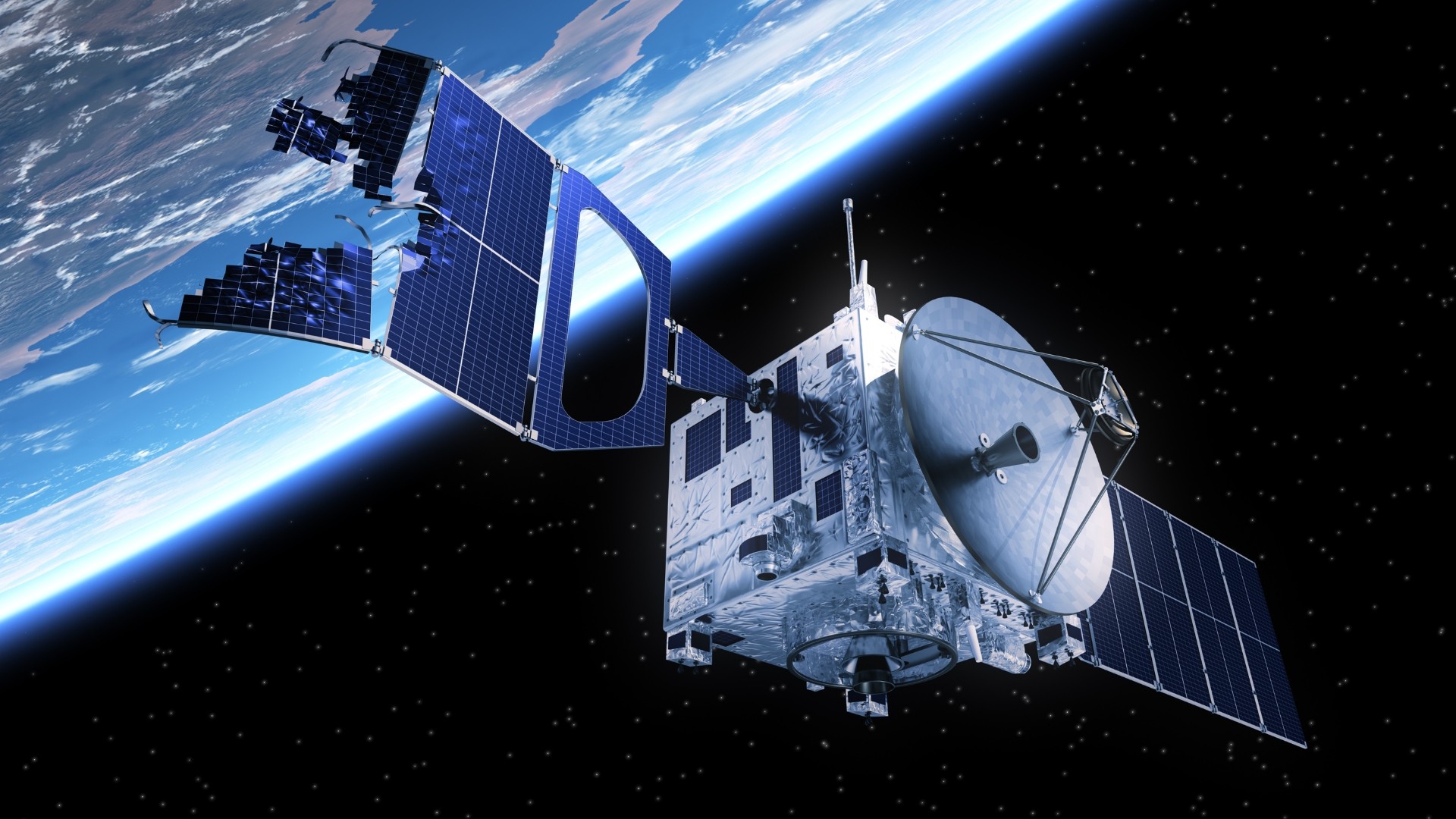
Low Earth Orbit (LEO) satellites are instrumental in urban planning and infrastructure development through their capacity to provide high-resolution imagery for detailed spatial analysis. These satellites offer a bird's-eye view of urban areas, enabling planners to assess current land use, monitor infrastructure conditions, and identify potential development sites. LEO satellite data aids in the creation of accurate maps, supporting informed decisions in the design and implementation of transportation networks, utilities, and public spaces.


LEO satellite imagery can assist businesses involved in urban planning and infrastructure development. By analyzing satellite data, companies can assess land use patterns, monitor urban expansion, and plan for infrastructure projects more effectively. This information is valuable for optimizing the allocation of resources, identifying suitable locations for new developments, and predicting infrastructure needs based on population growth and changes in land use.
LEO satellites provide high-resolution images, allowing accurate mapping of areas. This detailed information aids in creating precise maps, identifying land use patterns and assessing the existing infrastructure.
Urban planners can use LEO satellite images to evaluate potential sites for new developments and assess the suitability of different locations. This supports effective land use planning and ensures optimal utilization of available space.
Satellite imagery helps create inventories of existing infrastructure, including roads, buildings, utilities, and green spaces. Continuous monitoring enables the assessment of infrastructure conditions, identifying areas that may require maintenance or upgrades.
Urban development often has environmental implications. LEO satellite data assists in assessing the environmental impact of urban projects, including changes in vegetation, air quality, and water bodies. This supports sustainable development and compliance with environmental regulations.
By analysing LEO satellite images, urban planners can identify areas at risk of natural disasters such as flooding, landslides, or earthquakes. This information supports risk assessment and resilience planning to mitigate the impact of potential hazards on infrastructure and communities.
The availability of timely and accurate data from LEO satellites facilitates data-driven decision-making in urban planning. Planners can use this information to prioritize projects, allocate resources efficiently, and address the evolving needs of urban populations.
With years of experience in the aerial survey domain, ASG Tech stands as a beacon of expertise and innovation. Our team of dedicated professionals, equipped with the latest technology, is committed to delivering excellence. Our portfolio of successful projects across various industries testifies to our competence and dedication in this space.

We have the expertise to help. Get in touch with our team today.


Advanced Group
PO Box 12236, Penrose
Auckland 1642, New Zealand
Advanced Group Phone
©2025 Advanced Group. Site by RAZOR Web Design